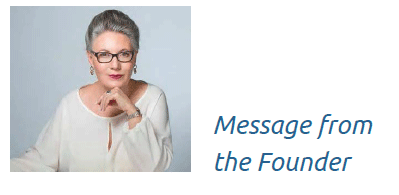
Without question, one of the most enjoyable aspects of my role is to welcome new Associates to the firm via video conference calls. Informal and wide- ranging, these conversations provide a window into the life, experiences, academic, and professional careers of each person. The sum is nothing less than awe-inspiring, but also indicative of the mosaic of talent required to be an Associate with S. Sutton & Associates Inc.
Our proprietary model is based on a global network of consultants from which customized Innovation Teams of subject experts, with specific technical expertise, are assembled to help nonprofit organizations and philanthropists maximize their philanthropic efforts and achieve significant impact.
On what basis do we assess potential Associates, and how do we curate the customized Innovation Teams assembled for our clients? Contemporary parlance refers to the art and science of the discipline, hard and soft skills, and personality profiles. We look for a composite.
Recently, I had a great conversation with one of our new Associates regarding his background and liberal arts education at New York University. Shortly thereafter, an article appeared in the New York Times entitled, “Engineers Sprint Ahead, but Don’t Underestimate the Poets“.
Of particular interest to me were the three attributes employers consider most important, written communication, problem- solving, and the ability to work in teams. Quantitative and technical skills both made the top ten alongside other “soft” skills, like initiative, verbal communication, and leadership. The article argues these attributes and skills are built through the liberal arts tradition, forming a set of foundational capacities that serve students well in a rapidly changing job market.
I couldn’t agree more and when assessing the right fit for our firm and for our clients, we draw heavily on these characteristics.
That said, the technology required by the contemporary concepts of New Power, Next Generation-Enterprise and Blitzscaling, creating a contemporary “Trifecta” requires the deployment of Associates with hard skills as well. We thread this needle by looking for the “poets” in our Associates with backgrounds in the hard sciences, such as mathematics and physics, computer systems technology, biochemistry, and engineering mechanics.
Evaluating the composite of the life experiences of our Associates, we look to the personal and professional journey and inflection points which have taken them far and wide, to dozens of countries, accruing facility with languages and cultures, as well as those who have taken deep dives into their local communities and the endemic challenges therein, establishing proving grounds for models which can be applied universally.
So, whether our Associates are Certified Fund Raising Executives, hold a Masters in Philanthropy and Development, a PhD in Philanthropic Studies, a Bachelor or Master of Arts in Public Relations, Journalism, Refugees and Forced Migration, Gender and Warfare, Innovative Campuses, or the plethora of other quantitative and technical, or other disciplines in the liberal arts tradition, our clients are assured of a highly curated team of subject experts, with specific technical expertise assembled to meet their unique circumstances.
Our Associates are also assured a meaningful experience as recently voiced by Associate Beth Heiter. “S. Sutton & Associates Inc.’s Innovation Team concept is just fantastic.
I get to become part of a team that allows me to work with other people from around the world who are experts in their specific content areas. That means I get to expand my own understanding and learn from others, specifically people who are not in my professional network, or work with every day in my full-time job. It really makes being part of the S. Sutton team so different from anyone else I’ve worked with.
I’m also discovering my own passion for client projects. I’m currently involved with the Institute for Integrated Transition (IFIT) project. Every time I meet with members of the S. Sutton team, have a call or get an update from Mark Freeman, the leader of IFIT, I get more inspired. Inspired not only to do my specific work for the project, but also to see the project succeed. I always say that fundraising is easy for institutions you believe in, and that is exactly what IFIT has become for me. I’m grateful to be part of this Innovation Team.”
If you are a Client interested in our services and our talent, or if you are a subject expert in the art and science of philanthropy, and interested in becoming an Associate, we encourage you to be in touch so we can begin a meaningful conversation.



Building Institutional Capacity:
The Growing Presence of American Universities
Whether it is by establishing satellite branches, research centers, or specialized offshoot programs, prominent American universities have exponentially increased their foothold in Africa in recent years.
The construction of Carnegie Mellon University’s new campus on the outskirts of Rwanda’s capital Kigali, Stanford University’s Seed initiative to scale local businesses in Ghana, or Harvard University’s executive program for African business leaders are all indicative of changing perceptions of and attitudes towards Africa on the world stage.
To be sure, the export of education or knowledge to the continent is not a new phenomenon. Africa has experienced missionary activity for centuries, sometimes as a by-product of the colonial or imperial enterprise; other times as its harbinger.
Religious zeal was, however, not the only reason that the Western world exported education to Africans, who, it should be noted, had their own rich history of education and learning. Political and economic drivers gained in prominence, particularly during the latter half of the 20th century.
The Cold War conflict between the United States and Soviet Union prompted American institutions, often under the guise of modernization, to fund scholarship and exchange programs, or to set up their own training centers on the ground.
Yet for all its similar characteristics, it would be wrong to situate the United States’ current interest in African higher education on the same historical continuum. A number of unique circumstances form the backdrop to the latest expansion.
Foreign direct investments in higher education often result in a “brain drain” of talent from less-developed to developed countries, thereby increasing the dependency of the former on the latter. In the case of African countries, limited funding and previous investment strategies had also insufficiently equipped universities (except for a few notable South African ones) with the resources to compete in a global marketplace. Enter the American university,rich in funding and resources, and looking to capitalize on an upcoming surge of innovative energy emerging from outside of Silicon Valley.
A conscious attempt to “educate African students in Africa, for African applications” as Carnegie Mellon University Africa director Vijayakumar Bhagavatula put it, has permeated the latest round of educational experimentation. American universities have embraced their newfound roles as engines of progress: By strengthening local businesses, training a new generation of African leaders, and fostering innovation in capital-intensive research fields.
Much of this change in mindset has been a reaction to current political events and economic realities. The current U.S. administration’s visa restrictions and travel bans effectively forced American universities to relocate their recruitment efforts abroad. Yet for all its nationalist and populist rhetoric, the United States owes its status as the world’s preeminent superpower to the forces of globalization. To fend off suitors for this title – first and foremost China, who long ago realized and capitalized on the economic potential of Africa – the United States requires continued access to the talent pool and resources of an entire continent.
Seen from this perspective, American universities, such as Stanford, Carnegie Mellon, Harvard, and Columbia, are fulfilling a strategic imperative in the service of the state.
The task of strengthening the locals in Africa, but also integrating it into a U.S.- dominated world market, is a steep one. American universities have run into a host of challenges, ranging from local issues equipping classrooms with high-end computers to teach courses on robotics, to legal concerns navigating disparate regulatory framework, and logistical problems keeping up with rising demand.
Regardless of the industry or the size of an organization, growth and expansion can seem like an insurmountable challenge. Whether you are looking to enhance programmatic offerings, or expand your services to new communities, regions, or countries, our global team of experts at S. Sutton & Associates Inc. can help you achieve your philanthropic vision. Contact us for more information.
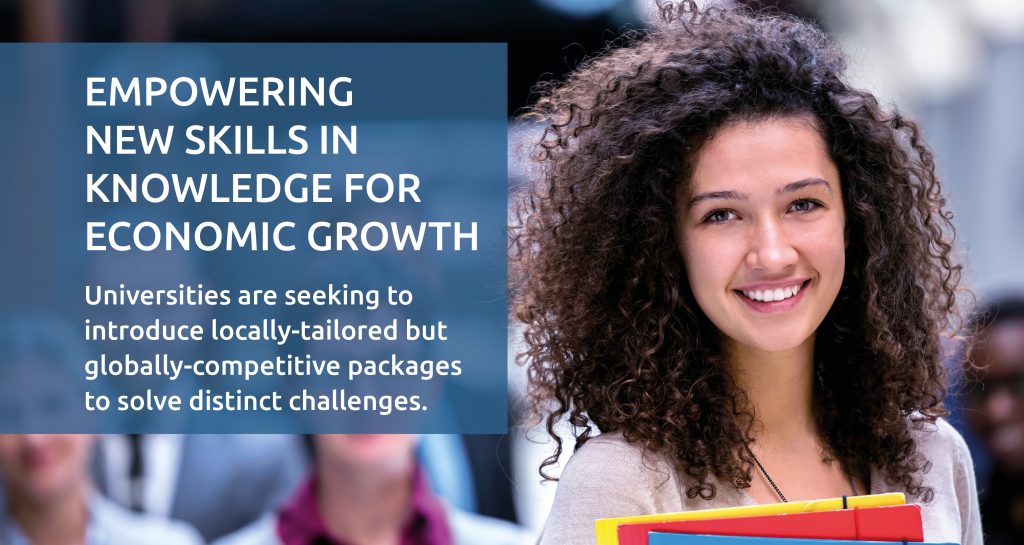
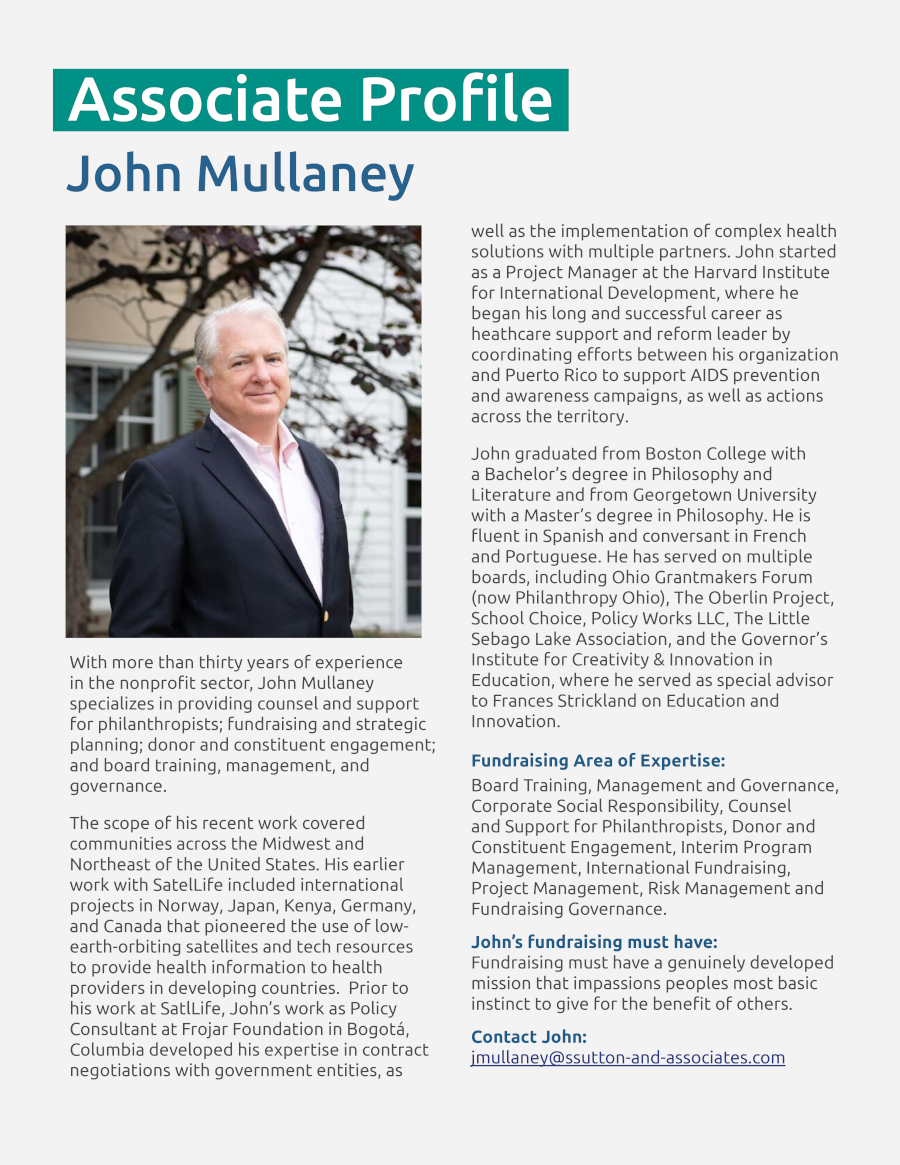
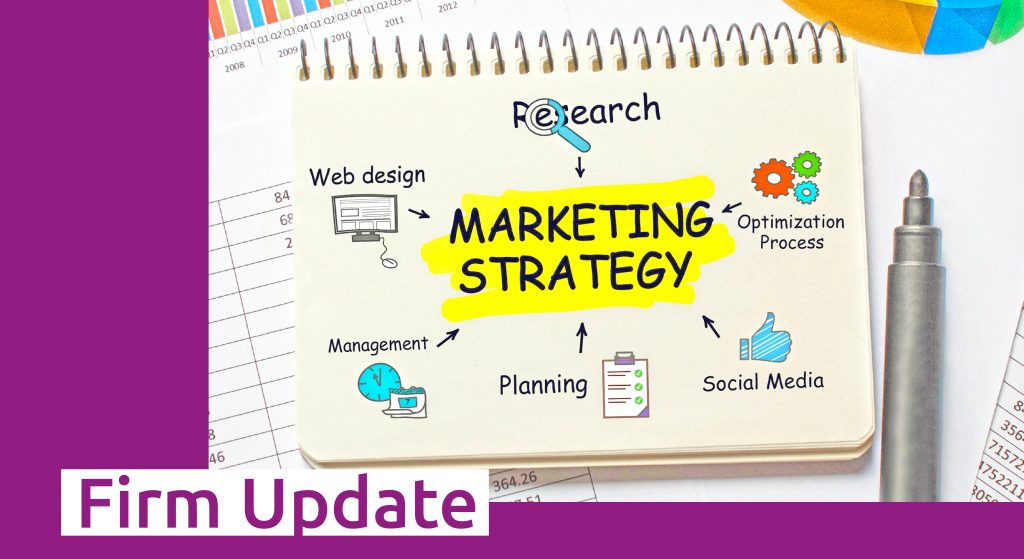
Comprehensive Communications Strategy:
Building Brand Awareness
S. Sutton & Associates Inc. has recently launched a comprehensive communications strategy utilizing various online platforms and social media sites to build brand awareness in the countries we serve. In the coming months, we will be increasing our communications to our Clients and Associates with up-to-date trends and information. Some of our new communication tools include:
— Philanthropy Wired, our monthly e-newsletter, features insights into key developments and trends in the philanthropic and nonprofit sectors.
— Thought Leadership, our monthly LinkedIn article, examines leadership styles, models and frameworks within the philanthropic and nonprofit sectors.
— Weekly updates posted to social media sites, including Facebook, LinkedIn and Twitter.
— Biweekly informational emails featuring the latest trends, research and insights in philanthropy.
For our staff and Associates, we are providing style guides and support for image continuity in both our internal and external communications. This will be key in reinforcing our brand.
Be sure to follow us on social media and share our information with potential Clients.
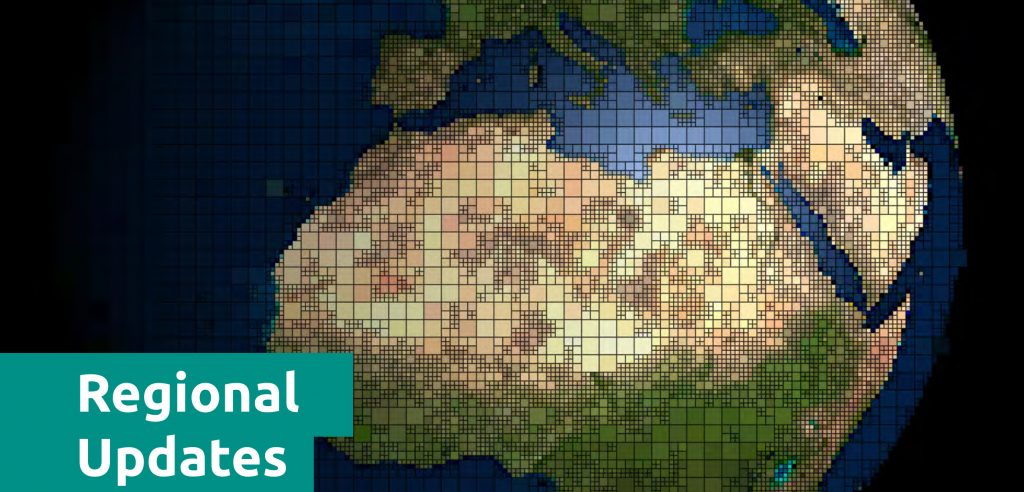

— Nonprofit Quarterly makes a case for ensuring donors’ values align with institutional values in the wake of the controversy around Jeffrey Epstein’s donations to MIT. While many institutions face increasing pressure to raise more and bigger gifts, the temptation to compromise institutional integrity in the name of a good outcome has proved risky for more than a few organizations.
— Philanthropic giving in America set a record in the year 2018 with approximately US $428 billion in total donations. Matt Kupec outlines how the $58.72 million Americans donated to education in 2018 was used to increase enrollment, retain students and highly qualified faculty, expand learning facilities, reinforce academic programs, and invest in ground-breaking research and development.

— October 1 marked the European Day of Foundations and Donors, first established by the Donors and Foundations Network Europe (DAFNE) in 2013. The day celebrates the approximately 147,000 charitable foundations operating in Europe.
— A group of European foundations have come together to create the Clean Air Fund, a US $50 million initiative with the goal of improving global air quality. The initiative was announced at the recent UN Climate Change Summit. The Fund has an ultimate fundraising goal of US $100 million and is supported by charities such as the IKEA Foundation, the Children’s Investment Fund Foundation, and the FIA Foundation, among others.
— Philanthropic donations have grown in Ireland for the eighth year in a row, according to a recent report prepared on behalf of the Community Foundation of Ireland entitled, “The Irish Not-for-Profit Sector Fundraising Performance Report 2018.” The report also indicates that transparency in the sector continues to decline with more nonprofit organizations filing abridged accounts.

— Inside Philanthropy reports that the Mastercard Foundation has become one of the largest supporters of African Youth through their Young Africa Works strategy, which in 2018 helped 30 million Africans find meaningful work. The foundation recently announced a US $200 million commitment to Young Africa Works in Ghana, with more countries to follow by the end of the year.
— The Global NGO (non-governmental organizations) Technology Report 2019 shows how NGOs are taking full advantage of technology to accelerate their humanitarian efforts. Africa is embracing technology like cryptocurrency, chat
applications such as WhatsApp and social media platforms like Facebook to communicate with supporters and donors. The report highlights that 64% of NGOs in Africa are accepting credit card payments through their website; 28% accept mobile money; and 5% accept cryptocurrency. As for chat applications and social media, 44% use WhatsApp to communicate with their donors, and 87% use social media like Instagram stories, Tweet chats, Messenger bots, and YouTube live. A striking statistic is that 33% of NGOs use a Client Relationship Management system to closely monitor their donations as well as manage effective communications with their donors.

— Chantal Sajan challenges the idea that Asia is less philanthropic than the West, pointing to different tax structures, the still-developing nonprofit industry, and the prominence of faith-driven philanthropy as reasons why Asian and Western philanthropy cannot be evaluated using the same yardstick.
— Sumit Agarwal, Economics Professor of the National University of Singapore, indicates that wealth is soaring in the Asian region, but the level of giving remains sluggish.He points to the low or non-existent levels of inheritance tax, allowing individuals to pass wealth to their descendants. China and Indonesia do not have inheritance tax and many Asian countries have abolished the inheritance tax entirely.

— Approximately 25.8 million of the 70.8 million people who have been displaced are refugees, and half of these refugees are under the age of 18. United Nations High Commissioner for Refugees (UNHCR), is supporting these refugees through the Refugee Zakat Fund. UNHCR issued the UNHCR Zakat Program: 2019 Launch Report that recorded receiving US $14.4 million funds globally from the years 2016 to 2018. This fund supported 6,888 displaced families across distressed countries in the Middle East. Houssam Chahine, UNHCR’s Head of Private Sector Partnerships in the Middle East and North Africa (MENA) region, said that this reliable funding program impacts the lives of some of the most vulnerable people in the world.
— UNICEF and the Islamic Development Bank have partnered to create The Global Muslim Philanthropy Fund for Children (GMPFC) to facilitate various forms of Muslim philanthropy in support of emergency response and development programs. The lead donor, Abdul Aziz Abdulla Al Ghurair, has committed US $10 million over three years to support refugee education programs in the Middle East and North Africa. The fundraising goal is US $250 million.

— Saahil Kejriwal reports on the rise of individual giving in India. According to current estimates from Sattva, 90% of charitable giving in India is “informal” – giving through religious or community organizations and direct assistance to acquaintances. But the rise of “formal” individual giving can be seen through the expansion of DaanUtsav, a weeklong celebration of giving, which has witnessed participation increase by five to six million people over the last decade. Local nonprofits in India face stiff competition from international organizations, and are challenged by the resources and reach of their larger counterparts.
— YourStory issued a list of the top ten billionaire philanthropists in India. These billionaires are extending a helping hand to the underprivileged in their country. Shiv Nadar, an industrialist and philanthropist, was recognized as the ‘Most Generous Indian Philanthropist,’ due to his donations of approximately US $108,493,000.

— In September, the Rainforest Foundation issued a request for support to cryptocurrency holders to counter the devastating impact of deforestation and forest fires in the Brazilian Amazon. The Rainforest Foundation is currently developing a blockchain transparency pilot with Regan Network and accepts donations in Bitcoin, Ethereum, Litecoin or Bitcoin Cash.
— President of Hispanics in Philanthropy (HIP) Ana Marie Argilagos is an influential leader who is successfully linking donors with foundations and nonprofits that are contributing towards the growth of Latino communities. She believes that these donations will offer Latino people the tools and resources to build collective power. This power lies in steady progress made in employment, education, and small enterprises. The HIP has initiated the Power Up Fund with a goal to raise US $58 million to build community wealth.

— PRObono Australia identified documentarian Malinda Wink as one of their changemakers. Wink is one of the founding directors of Good Pitch Australia and the Shark Island Institute. Her work with Good Pitch has resulted in AU $14 million raised and 19 social impact documentaries created, covering topics like youth homelessness, healthy eating and sugar consumption, and global warming.
—The philanthropic sector in New Zealand is addressing the shortage of funds for social services. The Government is supporting two- thirds of the cost; however, 83% of social services rely on philanthropic funding, which is recognized as the biggest contributor towards these services. Today, the philanthropic sector is taking a proactive approach by working collaboratively with the Government across all sectors. They are working together on a 2020 Government Budget that will effectively tackle the shortage of funds.

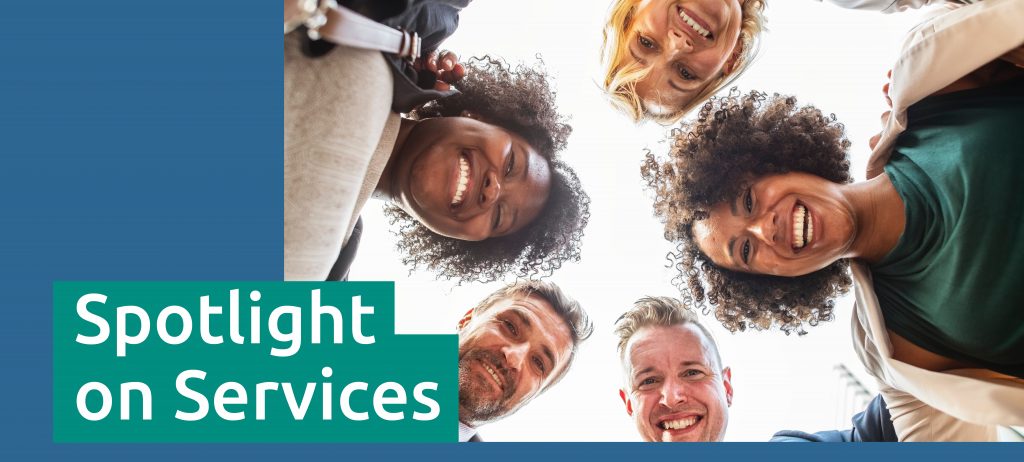
Board Training, Management, and Governance:
Boards Excel in Governance and Leadership
Most people join a nonprofit board of directors because they care about the mission of an organization or, perhaps, because they enjoy volunteering their time to a cause. But serving on a nonprofit board goes beyond volunteering time or making an annual contribution to a charity. Nonprofit organizations need trained board members who will actively govern, leverage their professional skills and connections for the organization, and who will work with the organization’s CEO or Executive Director to set the vision to ensure future success. If you are a CEO, developing your board of directors is key to achieving your organization’s mission. Ongoing board training is essential for engagement and moving the organization forward. The more a board member understands their role, responsibilities and legal obligations within an organization, the more effective and engaged they will be as a director.
S. Sutton & Associates Inc. offers clients in- depth board training covering management and governance, fiduciary duties, roles and responsibilities, legal obligations, and current best practices. We are committed to providing the tools and support your board needs to govern effectively.
S. Sutton & Associates Inc. also provides staff with the training to properly manage meetings, prepare concise reports in a timely fashion and implement processes and procedures to support the success of the board. With our well-crafted training, your staff and board will gain a clear understanding of the team and board’s roles within the organization and how to work collaboratively to achieve your organization’s mission.
Contact us to learn more about how our services can help maximize the effectiveness of your board of directors.
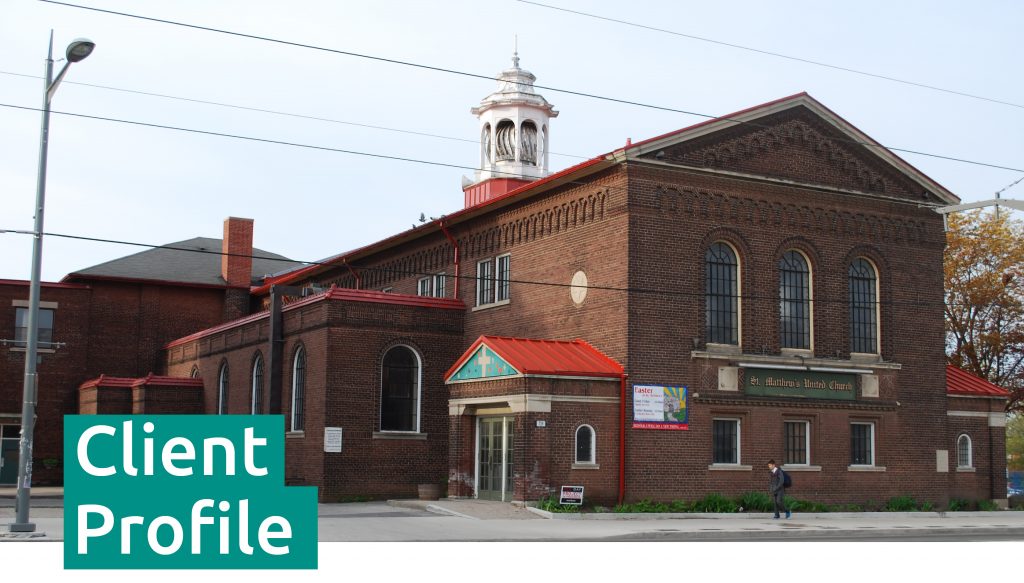
The St. Matthew’s United Church:
Campaign Feasibility Study and Strategic Fundraising and Finance Plan
The United Church of Canada’s long history of working to create unprejudiced economic and social systems for all, has made it a leading agent of change in the lives of society’s most vulnerable people. St. Matthew’s is a community church that partners with a wide range of educational, social, health, creative arts, and recreational community organizations to create a community hub. These partnerships are commercial and provide a significant portion of the operating budget for St. Matthew’s United Church. S. Sutton & Associates Inc. was appointed to determine the feasibility of a fundraising campaign to support the redevelopment of the church and its property and to enable a more robust social enterprise through additional revenue-generating spaces and low-income housing, followed by a Strategic Fundraising and Finance Plan.
The feasibility study demonstrated all the possibilities of raising the critical funds needed for redevelopment. We completed stakeholder interviews, conducted prospect research, identified community members and organizations whose involvement would be crucial, presented escalation scenarios for the church’s donors, demonstrated how to leverage more from corporate donations and social enterprise partnerships, and presented key findings and recommendations on how to raise awareness within the community.
The Strategic Fundraising and Finance Plan provided a step-by-step roadmap to execute on a successful initiative including:
— Job descriptions for both staff and volunteer committee members to recruit the right people to support the fundraising objective.
— Recommendations for systems, tools and processes to fundraise effectively.
— Plan to grow the develop a major and planned-gift pipeline, while also delivering a consistent source of unrestricted revenue.
— A visual guide to the strategic fundraising priorities, tactics, by priority and estimated time to implement.
— Revenue and expense budget summary by program, by year.
— Case for Support.
Proper governance leads to proper strategic planning, which in turn informs operating plans and all critical decisions within the nonprofit arena. In this case, St. Matthew’s had done the groundwork leading to our involvement and are now positioned to ultimately achieve a successful campaign.
If you or your organization are considering a campaign, we can help. Let’s talk!
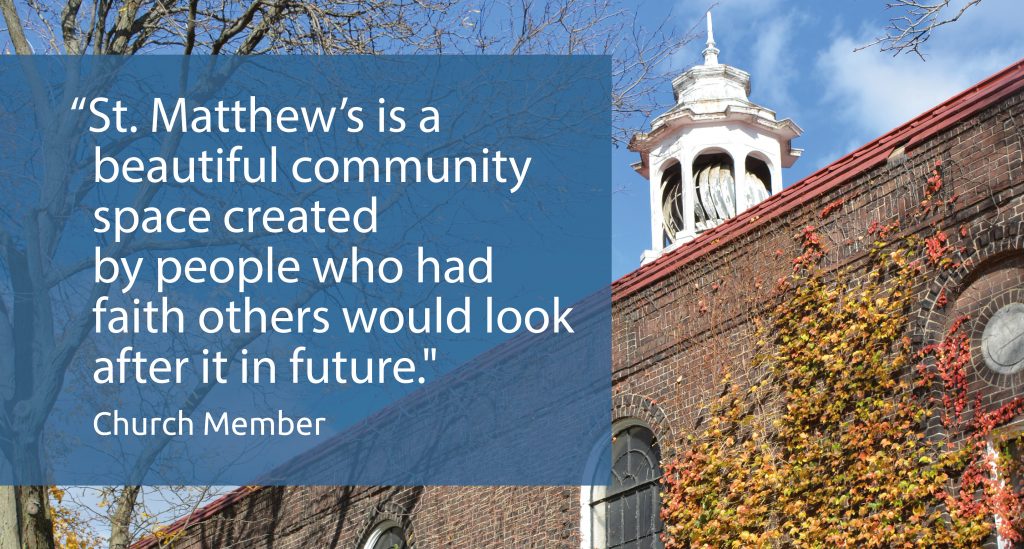
 Contact@SSutton-and-Associates.com
Contact@SSutton-and-Associates.com 420-737-921-492
420-737-921-492 410-245-0398
410-245-0398 647-969-8866
647-969-8866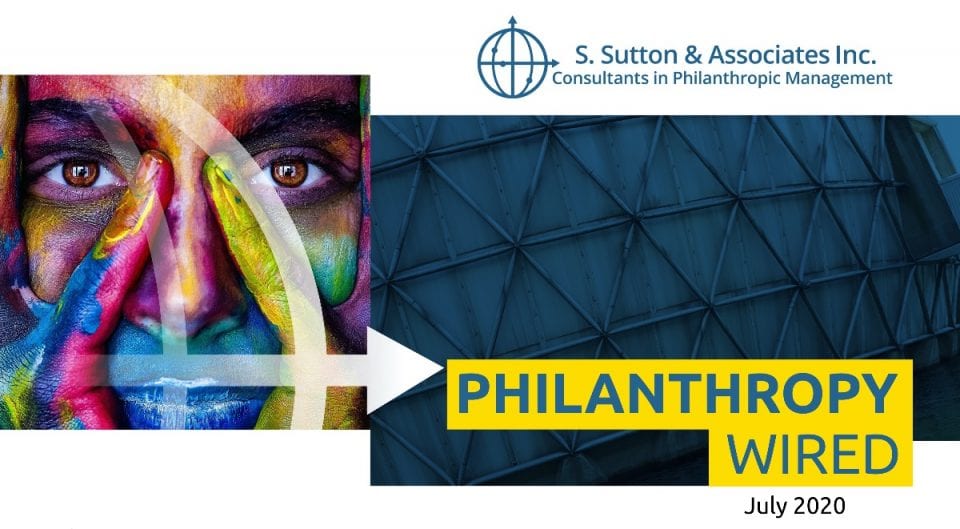



 www.SSutton-and-Associates.com
www.SSutton-and-Associates.com